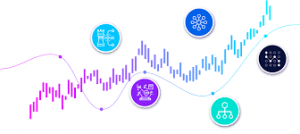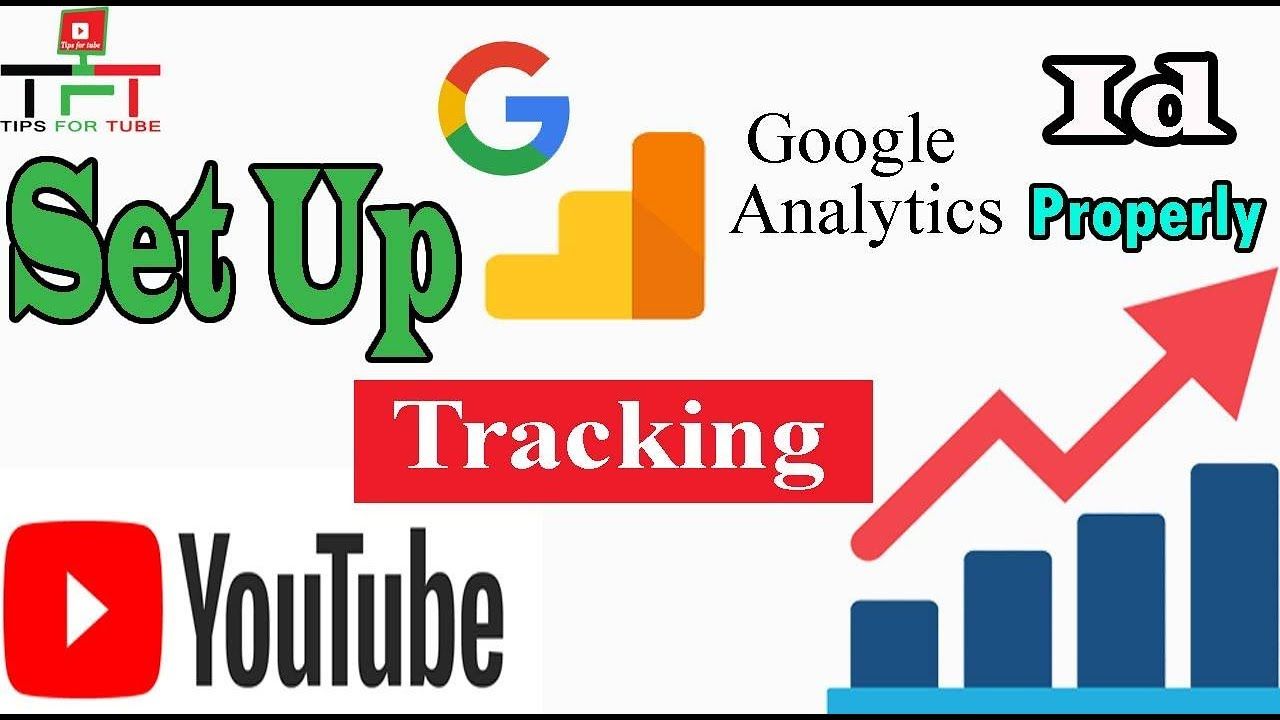Boost Your Sales with Digital Shelf Optimization:

Digital shelf optimization (DSO) involves ensuring that your products are optimized for search and the overall shopping experience. It extends beyond your branded website to include mobile applications, third-party platforms, and other places where your products are featured. DSO focuses on maximizing visibility and performance in various locations, including category pages, curated product pages, and third-party bestseller lists. By prioritizing DSO, brands can reach a wide and interested audience, leading to significant growth in sales and brand awareness.
Digital shelf optimization: Overview
In today’s digital age, optimizing your online store’s digital shelf is crucial for driving sales and maximizing your business’s success. Digital shelf optimization involves strategically managing and presenting your products to enhance visibility, attract customers, and ultimately boost conversions. Here are some key tips to help you optimize your digital shelf and catapult your sales to new heights.

- High-Quality Product Images:
Ensure that your product images are high-resolution, visually appealing, and accurately represent your offerings. Use multiple images to showcase different angles and features, providing customers with a comprehensive view of your products.
- Compelling Product Descriptions:
Craft compelling and informative product descriptions that highlight the unique features, benefits, and value propositions of your items. Use persuasive language, bullet points, and clear formatting to make it easy for customers to understand and compare your products.
- SEO-friendly Titles and Descriptions:
Optimize your product titles and descriptions with relevant keywords to improve search engine visibility. Research and include popular search terms that potential customers are likely to use when looking for products like yours.
- Customer Reviews and Ratings:
Display customer reviews and ratings prominently on your digital shelf. Positive reviews build trust and credibility, encouraging potential buyers to make a purchase. Encourage satisfied customers to leave reviews and promptly address any negative feedback.
- Clear Pricing and Promotions:
Ensure that your pricing is clearly displayed, including any discounts or promotions. Use eye-catching banners or call-out boxes to highlight special offers and create a sense of urgency to drive conversions.
- Cross-Selling and Upselling Opportunities:
Leverage cross-selling and upselling strategies by suggesting related or complementary products on your digital shelf. This encourages customers to explore additional options and potentially increase their order value.
- Mobile-Friendly Design:
Optimize your digital shelf for mobile devices, as a significant portion of online shoppers browse and make purchases using smartphones and tablets. Ensure that your website is responsive, loads quickly, and provides a seamless mobile shopping experience.
- Social Proof and Trust Signals:
Incorporate trust signals such as security badges, SSL certificates, and payment icons to instill confidence in your customers. Showcase social proof, such as endorsements, partnerships, or media features, to further establish your credibility.
By adopting these digital shelf optimization strategies, you can enhance the visibility, appeal, and overall performance of your online store. Invest time and effort into optimizing your product images, descriptions, SEO, pricing, and leveraging social proof to create a compelling digital shelf that drives sales and positions your business for success in the competitive e-commerce landscape.
Digital shelf optimization examples
Enhanced product listings, competitive pricing, customer review management, SEO, promotions, cross-selling, inventory management, mobile optimization, data analytics, and collaboration with retail partners are key digital shelf optimization practices.
- By optimizing product information, pricing, reviews, and search rankings, businesses can attract and engage customers.
- Promotions, cross-selling, and upselling techniques increase order value.
- Accurate inventory management prevents stockouts and enhances customer trust.
- Mobile optimization caters to mobile shoppers, while data analytics provide insights for informed decision-making.
- Collaborating with retail partners maximizes visibility and sales opportunities.
- Implementing these practices helps businesses optimize their digital shelf and drive growth.
How digital shelf optimization works
Digital shelf optimization (DSO) focuses on improving individual products post-launch to keep up with retailer and category changes. It involves continually revising product content to align with trends, competitors, and platform updates. This includes leveraging advanced content options, like immersive videos, to engage shoppers.
DSO empowers brands to regain control over how their products are perceived in eCommerce by utilizing digital shelf analytics to optimize visibility. It ensures compliance with regulations and maintains brand messaging consistency. By enhancing product content quality, DSO aims to increase traffic to product pages, particularly through organic on-site search, allowing brands to naturally rank highly in their chosen category on retailer websites.
The Importance of Digital Shelf Optimization
In e-commerce shopping, buyers often rely on direct search or browsing with specific keywords or filters. Driving product visibility in search results is crucial for sales success, as many shoppers do not go beyond the first few pages of results. Bestseller lists and platform algorithms further influence product visibility and suggest popular items.
User-friendly features like order history and favorites lists encourage repeat purchases and brand loyalty. Detailed and accurate product information, along with user-generated content such as customer reviews, play a vital role in influencing sales and reducing return rates. Brands need to be aware of the content options available at online retailers to optimize the customer buying experience.
However, controlling the digital shelf is more challenging than physical shelf management due to evolving expectations, a lack of product interaction, and diverse requirements across multiple e-retailers. To overcome these challenges, brands can utilize a Product Information Management (PIM) system to efficiently manage product data across retailers.
Additionally, ready-to-use digital shelf analytics simplify the process and provide objective insights. A data-driven approach and effective cross-team communication are key to successful digital shelf optimization (DSO). By leveraging these strategies, brands can enhance their online presence, increase sales, and better meet customer expectations in the competitive e-commerce landscape.
Get started with digital shelf optimization

Automating data enables quick reactions to category changes, leading to increased brand engagement, loyalty, sales, and profitability. It helps retain market share, solidify search rankings, and maintain relationships with platform algorithms.
Retail analytics provide a broader category perspective, ensuring sustained growth. Combining digital shelf data with human expertise allows for the autonomy and contextualization of collected data. e.fundamentals offers an easy-to-use platform displaying key metrics, including range, availability, pricing, and promotion data, in a language understandable to sales and marketing teams.
- Accurate and actionable data enables faster management and driving of category change, including monitoring price, promotion, and shopper behavior shifts, giving a competitive edge.
- Effortless export and sharing of data sets facilitates cross-communication among teams involved in a digital shelf strategy.
- A digital shelf analytics provider saves time by automating data collection and analysis, eliminating the need for manual data sourcing and spreadsheet compilation. This scalability improves efficiency and prevents missed growth opportunities for e-commerce teams.
Benefits of Digital Shelf Optimization
Digital shelf optimization increases the visibility of your product in the vast online shopping landscape, making it stand out among competitors. This heightened visibility improves the chances of customers finding and purchasing your product. Additionally, increased visibility can generate buzz and word-of-mouth, leading to potential future sales growth.
- Boost Sales
Digital shelf optimization increases the chances of attracting potential buyers by making your product more noticeable. This results in increased clicks, interest, and ultimately more purchases. It also allows you to showcase key features, positive reviews, and clear product descriptions, ensuring that your product is presented in the best possible light.
- Improve Customer Experience
Digital shelf optimization makes your products easily discoverable, saving customers time and contributing to their satisfaction. Highlighting positive reviews builds trust in your brand, leading to improved customer experiences and increased loyalty, resulting in repeat purchases.
- Data-Driven Decision Making
Digital shelf optimization tools, including Product Data Syndication (PDS), gather valuable data that provides insights into customer behavior and preferences. By leveraging digital shelf analytics, businesses can make informed decisions and tailor their marketing strategies accordingly. This data-driven approach allows for targeted and effective marketing campaigns, resulting in better customer engagement and improved business outcomes.
- Proofing Your Business for the Future
In the face of increasing e-commerce prevalence, optimizing the digital shelf is crucial for businesses to remain competitive and relevant. Through continuous adaptation to changes, digital shelf optimization helps future-proof your business and ensures ongoing success in the evolving digital marketplace.
In short, digital shelf optimization is a powerful tool that enhances visibility, drives sales, improves the customer experience, aids in smart decision-making, and future-proofs your business. Embracing it can lead to thriving online businesses. It’s time to optimize your digital shelf and unlock its full potential!
Digital Shelf Optimization Components
Just as a skilled chess player considers every move and analyzes the strengths and weaknesses of their opponent, brands must carefully consider each component of their digital shelf strategy: product listings, pricing, reviews, search optimization, promotions, and customer experience.
- Product Listings: Driving sales on the digital shelf requires optimizing product listings and improving visibility through relevant keywords and optimization.
- Product Reviews: Reviews from customers can enhance a brand’s reputation and contribute to increased sales.
- Pricing and Promotions: Competitive pricing and promotions attract customers and drive sales.
- Branding and Messaging: Differentiating a brand through its overall message and tone of voice fosters brand loyalty.
- Analytics and Testing: Tracking performance and making data-driven decisions contribute to success on the digital shelf.
Key Metrics for Digital Shelf Optimization
When a brand’s digital shelf strategy is successful, it is important to monitor and analyze key metrics. To optimize the digital shelf strategy and measure its effectiveness, brands should track and analyze key metrics. These metrics include:
- Search Rankings: Assessing a brand’s visibility in search results is important, as higher rankings increase the likelihood of attracting clicks and driving sales.
- Click-Through Rates (CTR): Monitoring the percentage of people who click on a brand’s product listing after seeing it in search results, with a higher CTR indicating better sales potential.
- Conversion Rates: Measuring the percentage of website visitors who make a purchase, with higher conversion rates indicating effective customer engagement and higher sales.
- Customer Reviews: Evaluating the quantity and quality of customer reviews is important to gauge trust and credibility, as positive reviews can attract new customers and drive sales.
- Return Rates: Monitoring the percentage of product returns, as higher rates may indicate issues with product listings or customer experience that need improvement.
- Revenue: Tracking the total sales revenue generated from online channels, with a focus on optimizing the digital shelf to drive revenue growth.
FAQs:

What are some best practices for optimizing the digital shelf?
For your digital shelf optimization, first ensure that your product descriptions, titles, and attributes are accurate, complete, and optimized with relevant keywords. Use high-quality images and videos to showcase your products.
- Consider factors like market trends, competitor prices, and customer perception when setting your prices.
- Respond promptly to customer feedback, addressing any concerns or issues.
- Use relevant keywords, filters, and categories to improve discoverability.
- Highlight discounts, bundle deals, or limited-time offers to create a sense of urgency.
- Identify opportunities to differentiate your products and adjust your approach accordingly.
- Leverage digital shelf analytics tools to gain insights into customer behavior, sales trends, and product performance.
- Establish strong relationships with online retailers and collaborate on marketing initiatives, promotions, and visibility opportunities.
- Ensure your digital shelf is mobile-friendly, providing a seamless user experience across different devices.
- Regularly monitor your digital shelf performance, track key metrics, and fine-tune your strategies based on the insights gathered.
Where to get digital shelf optimization certification
While offline success doesn’t guarantee success in eCommerce, your digital shelf strategy is a critical factor for online success. Circus Street offers a certification course that provides the necessary foundations to drive eCommerce sales, ROI, and growth. The course covers fundamental concepts, strategy development, setting objectives, defining goals and KPIs, and concludes with practical best practices for achieving digital shelf success in real-world scenarios.
- Digital Shelf Essentials
- Digital Shelf Strategy
- Digital Shelf Best Practice
What is the digital shelf?
The digital shelf refers to the online presence and presentation of a product or brand across various digital platforms, including e-commerce websites, search engines, and social media. It encompasses elements such as product listings, descriptions, images, pricing, reviews, and overall visibility, aimed at attracting and engaging online customers.
Digital shelf optimization is vital for e-commerce success, enabling businesses to boost revenue, enhance brand engagement, and cultivate customer loyalty. By refining product listings, personalizing the user experience, engaging customers, monitoring competitors, and analyzing data, brands can thrive in the dynamic online marketplace. Like a skilled chef creating a delicious meal with carefully selected ingredients, brands must optimize their digital shelf to create a winning recipe for success. Whether a newcomer or a seasoned player, digital shelf optimization is a crucial tool that should never be underestimated.
Digital shelving is a crucial aspect of e-commerce. A well-executed digital shelf strategy, supported by advanced digital shelf software, enables businesses to monitor and optimize their online product presence. Digital shelf monitoring and analytics provide valuable insights into customer behavior, sales performance, and market trends. Leveraging these insights allows businesses to refine their digital shelf strategy, maximize visibility, and drive e-commerce success. By effectively managing their digital shelves, businesses can enhance the customer experience, boost conversions, and stay competitive in the rapidly evolving digital marketplace.
Read Next:





